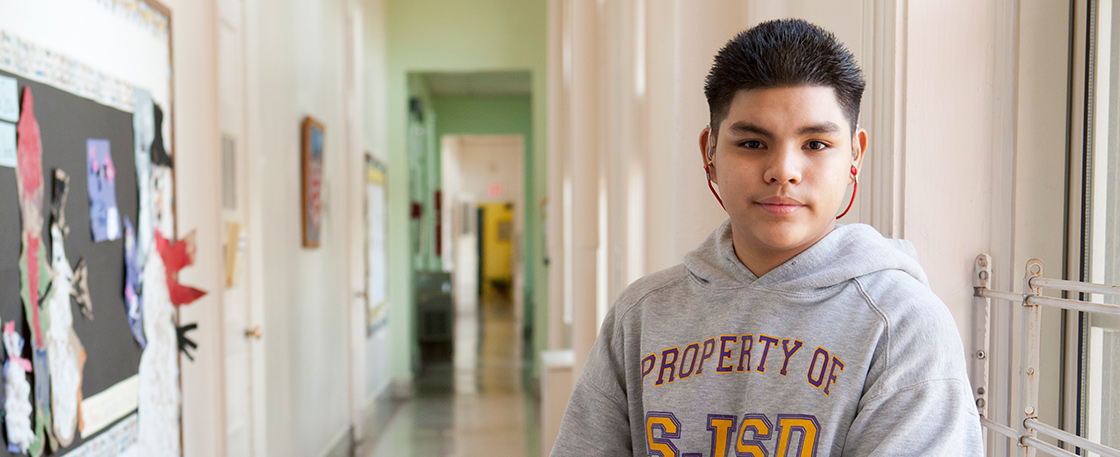We highly recommend El Deafo, a graphic novel by Cece Bell in which she describes her life as a young deaf child.

Students will learn about the history of American Sign Language (ASL). They will compare and contrast the experiences of Julio, a boy who is helped by ASL, with Alice Cogswell, a young girl who helped create the language.
Learning Objective: Students will learn about the history of American Sign Language (ASL). They will compare and contrast the experiences of Julio, a boy who is helped by ASL, with Alice Cogswell, a young girl who helped create the language.
We highly recommend El Deafo, a graphic novel by Cece Bell in which she describes her life as a young deaf child.
Want to show your kids some basic signs? This video, led by a young girl, is one of the few free resources that isn’t geared toward baby sign language. And it’s filled with school-related terms like desk, chair, and “Pay attention.” (Handy!)
Your students might be wondering whether there are other sign languages, aside from American. The answer is yes! Sign language often develops organically—just like American Sign Language developed at Alice Cogswell’s school. Even England has a different version of sign language, even though English is the primary spoken language of both England and America.
Alice Cogswell continued to help deaf children after she graduated school: She traveled all over the country as an ambassador, spreading the word about her school and helping people throughout the U.S. understand that deaf people could—and should—learn.
There are more than 100 schools for deaf children in the U.S. today. Take a look at this list and see if you can find the one closest to you.
More About the Article
Content-Area Connections
Social Studies: history, communication
Social-emotional learning: social awareness
Key Skills
compare and contrast, main idea and supporting details, figurative language, key details, main idea, cause and effect, vocabulary
1. PREPARING TO READ
Preview Text Features/ Set a Purpose for Reading (10 minutes)
Preview Vocabulary (15 minutes)
2. CLOSE READING
Reading and Unpacking the Text
Close-Reading Questions (20 minutes)
Critical-Thinking Question (10 minutes)
3. SKILL BUILDING
Connecting Texts
Distribute our compare and contrast activity.
Discuss the task in the Think and Write box on page 13. Then have students complete the task in class or as homework.
Have students use small sticky notes to mark parts of each story that surprised them. Were there ideas or facts that changed the way they thought about deaf people? They can draw a star on those sticky notes.
Have students take turns reading the stories aloud. Ask them to try to connect the texts to their own lives. Do they know anyone who is deaf? Either way, how did these stories help them understand the way deaf people communicate?
Be sure to play our Vocabulary Slideshow, preferably before reading the articles. Pause between each word to discuss its meaning. Encourage each student to point out another unfamiliar word in the stories; discuss each as a group.
Ask students to think about something they would like to do and then tell a partner— but without speaking. Regroup and discuss: What methods did they use to communicate? Did their partners understand them?
What is similar about Julio’s and Alice’s lives? What is different? Answer in a well-organized paragraph, using details from both texts.